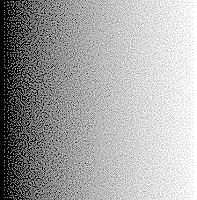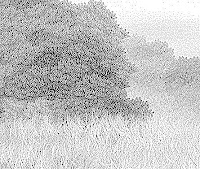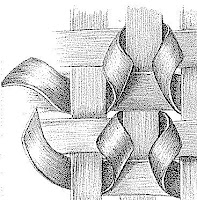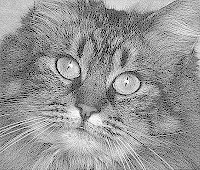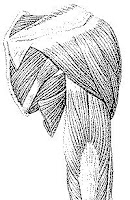
 http://www.iro.umontreal.ca/~ostrom/publications/abstracts.html
http://www.iro.umontreal.ca/~ostrom/publications/abstracts.htmlVictor Ostromoukhov. Digital Facial Engraving, In Proceedings of SIGGRAPH'99, in Computer Graphics Proceedings, Annual Conference Series, pp. 417-424, 1999.

 http://www.iro.umontreal.ca/~ostrom/publications/abstracts.html
http://www.iro.umontreal.ca/~ostrom/publications/abstracts.html











 The basic method dealing with both kinds of leftout
The basic method dealing with both kinds of leftout



 Variant
Variant


